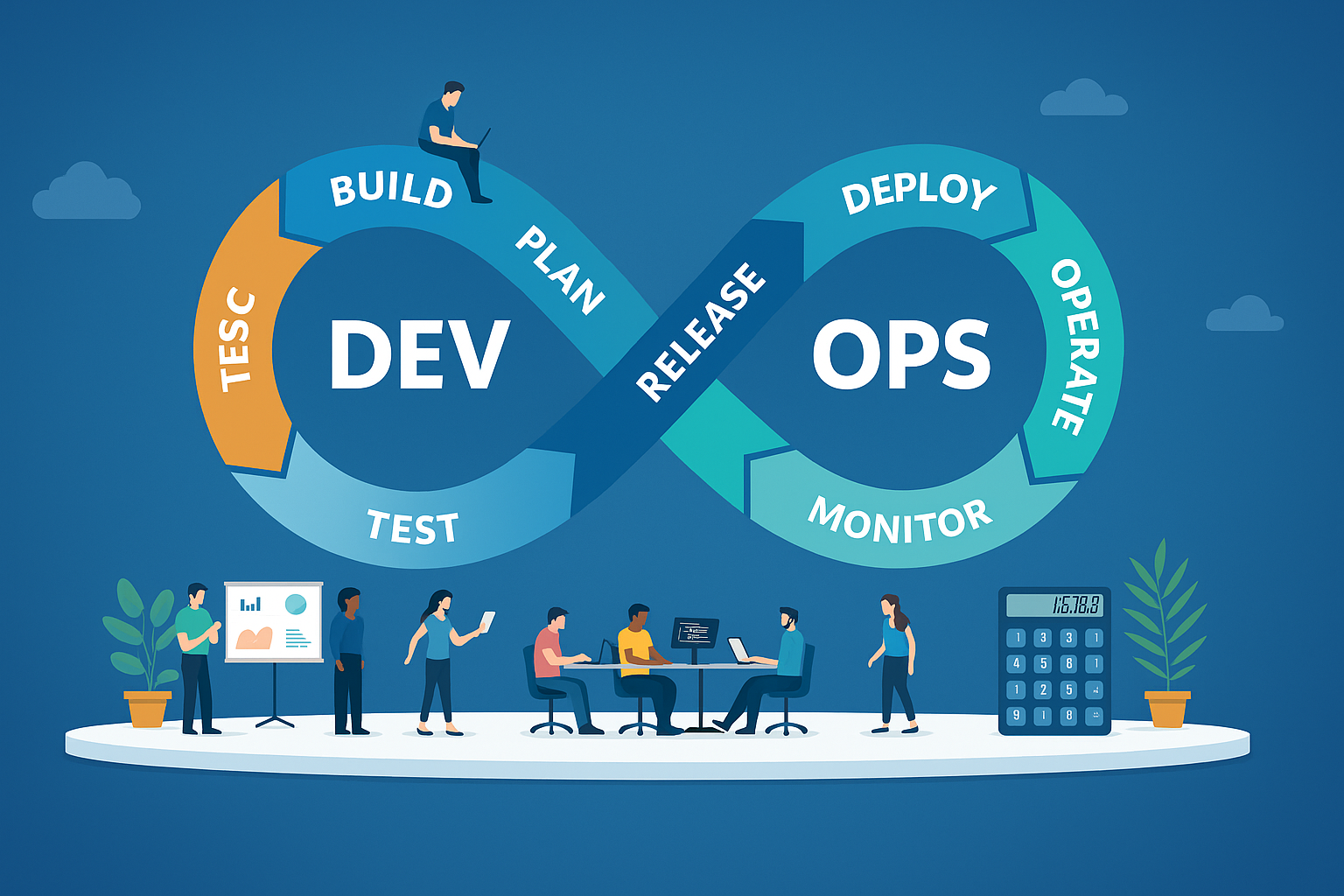What is DevOps?
More than tools — a way of working.

DevOps is one of those buzzwords you hear constantly in the world of development and infrastructure — and one of the most misunderstood. Some think it’s about using Docker or setting up CI/CD pipelines. Others believe hiring a “DevOps Engineer” is all it takes. But DevOps runs deeper. It’s a philosophy, a cultural and technical practice that reshapes how we build, deploy, and operate software.
The term comes from the combination of Development and Operations. Its main goal is to shorten the development cycle without sacrificing quality or stability. It achieves this through automation, collaboration, continuous monitoring, and shared responsibility across teams.
It’s not a tool (but it uses many)
One of the biggest misconceptions is thinking “doing DevOps” means installing Jenkins, using Kubernetes, or writing Terraform. Tools are important, but what truly matters is the mindset — how you use them, why you use them, and how they fit into your processes.
Key principles
- Automation. For tests, builds, deployments, and configurations.
- Continuous Integration and Continuous Delivery (CI/CD). Frequent changes, automatic validations.
- Infrastructure as Code. Everything should be reproducible, versioned, and auditable.
- Monitoring and observability. Know what’s happening in your system — before it breaks.
- Shared responsibility. It’s not just Dev’s or Ops’ problem — it’s the whole team’s.
It adapts — it’s not one-size-fits-all
There’s no single way to “do” DevOps. Every team should find the approach that works best for their infrastructure, culture, skill sets, and real-world needs. Properly implemented, DevOps won’t make everything easier — but it will make everything more controlled, scalable, and reliable.
DevOps isn’t magic — but when truly understood, it can transform the way you work, deploy, and even sleep at night.
It’s more than a trend: it’s a way to deliver software continuously, with confidence and quality.